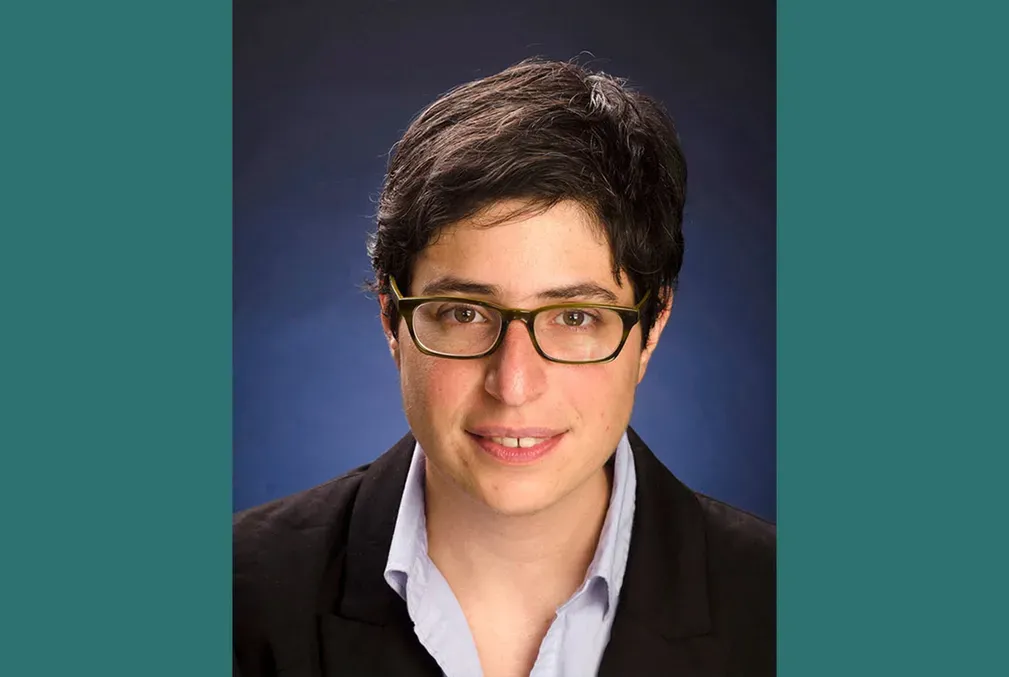Students will explore Taylor Swift’s lyrics as literature in new course
In new student-initiated course, students will apply literary analysis tools to Taylor Swift’s lyrics to gain new insights into her multilayered music.
Taylor Swift’s prolific output and quality live performances have delivered her to the pinnacle of pop stardom. But if Swift has cultural staying power, it will likely result from her songwriting skills and smart lyrics, where one can find allusions to F. Scott Fitzgerald, William Wordsworth, and Pablo Neruda.
Swift’s songwriting will become the subject of academic debate at Stanford this spring through four new courses. The superstar’s inclusion in the university’s educational offerings comes thanks in part to energetic, Swift-loving sophomore Ava Jeffs. Like many fans, Jeffs describes feeling like she grew up with Swift as the star moved from teen boyfriend songs to more sophisticated narratives tackling larger literary themes.
Jeffs will co-teach TAPS 89SI: The Last Great American Songwriter: Storytelling with Taylor Swift through the Eras, a student-initiated course (SIC) that will dive into Swift’s musical storytelling and literary lyrics.
“When the first Swift class came up at NYU, focusing on her celebrity, it got me intrigued about bringing more modern figures into our curriculum,” Jeffs said. “I was curious about what it would look like to develop a class around her and her music.”
When Jeffs approached Gabriella Safran, senior associate dean for the humanities and arts in the School of Humanities and Sciences, to ask how she might engage her peers in analyzing Swift’s songs, Safran suggested that Jeffs propose a SIC. Marina Johnson, a graduate student in the Department of Theater and Performance Studies, has since worked with Jeffs to turn the idea into a syllabus. Safran, the Eva Chernov Lokey Professor of Jewish Studies and professor of Slavic Languages and Literatures, and Johnson will serve as the instructors of record for the course.
“The tools we have to analyze verbal art are useful, and Ava can help her students learn to apply them,” Safran said. “The university can help Ava get some tools around structuring a class, time management, and class management.”
“It’s time to teach some lessons”
Like Swift’s Eras tour, the topics explored in the course progress album by album. The syllabus pairs a specific interpretive focus with each album to encourage students to apply their textual analysis skills to Swift’s lyrics. For example, one week students will consider symbolism and foreshadowing on the album 1989. In another week, they will consider Swift’s use of fictional characters to drive narratives in her album Evermore. The course will also lay out the common pop song structures to show how formal manipulation can create meaning.
“As I got more into reading the words, I started to get intrigued about how you could apply your literary analysis to that medium of storytelling,” Jeffs said.
For instance, the class might explore how the chorus of Swift’s murder ballad “No Body, No Crime” plays with pop formulas. Following a common formula, each chorus repeats the same lyrical hooks: “I think he did it, but I just can’t prove it” and “no body, no crime.” But in each iteration, these lines take on new meanings as the song’s plot progresses through successive verses.
Student-initiated courses
Introduced in 2013, SICs enable undergraduates to develop and lead courses with support and mentoring from Stanford faculty and graduate students. In this case, Jeffs, Johnson, and Safran shaped the TAPS 89SI syllabus. Jeffs will lead course discussions with guidance from Johnson, who will be on hand at all class meetings.
SICs are considered activity courses, like most physical education, wellness, and outdoor courses as well as the thematic classes students in programs such as ITALIC take. Students can obtain less than five percent of the credits they need to graduate through these courses, which are one or two credits each and only offered pass/fail.
The benefit to student course leaders is straightforward.
“Students tend to spend most of their time being students and being on the receiving end of education,” Safran said. “For a student to get the experience of thinking about how to design and deliver a class offers incredibly important, useful life skills.”
Johnson champions peer-to-peer learning as a boon for enrolling students. She became Jeffs’ mentor for The Last Great American Songwriter after she served a similar role last spring for a one-unit, student-led ITALIC course on Taylor Swift’s video for “All Too Well (10 Minute Version).”
“One of the things I love about teaching is that it doesn’t have to happen in a very prescriptive way, as long as there’s a pedagogically sound approach,” Johnson said. “There’s an engagement on a different level when you’re learning from a peer about something about which they’re very passionate and know a lot.”
There are guardrails in place to support students co-teaching SICs. Student course leaders must complete online pedagogical training and work closely with an instructor of record, who oversees the curriculum and submits grades.
Welcoming the new
One of the benefits of SICs is they can help bring new cultural forms and ideas in for academic analysis.
“Our students are interested in the present,” Safran said. “We are also interested in the present. Across the university, people are studying the present in different ways.”
To investigate the literary meanings or merit of Swift’s lyrics, critics have to rely on tried-and-true methods of literary scholarship, such as looking for themes, modifications to widely used forms, and allusions to other writers.
“If you’re a humanities researcher, you’re trained mostly to join a conversation that’s already going on, about familiar issues and materials,” Safran said. “If you want to write about something new, something that just happened, you have to stretch. Older material can help anchor you as you analyze the contemporary material and teach your students to analyze it.”
This course is not the only new course to discuss Taylor Swift. Other Stanford courses will also apply proven methods of analysis to Swift’s new forms of expression. They include A Brief History of Now: Song and Poetry from Sappho to Taylor Swift, taught by Marisa Galvez, professor of French and Italian, and Harry Carter, graduate student in comparative literature; and Taylor Swift and Millennial America, taught by Theresa Iker, postdoctoral fellow in history.
“Taylor Swift is very literate in the sense that she’s citing all these canonical writers,” Safran said. “That's part of her appeal. In the new TAPS course, the students can excavate some of these references and figure out what Swift is doing with them.”
Media contact: Joy Leighton, Stanford School of Humanities and Sciences: joy [dot] leighton [at] stanford [dot] edu (joy[dot]leighton[at]stanford[dot]edu)





